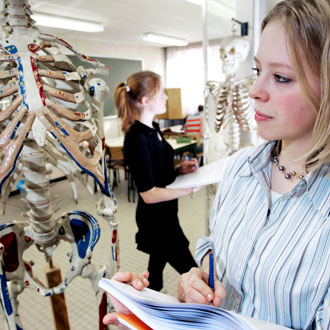Election pledges on increasing GP numbers – do they add up?


Conservatives
The Conservative party has committed to training and retaining 5,000 more GPs by 2020 – to allow it to achieve its pledge to provide patients with GP access seven days a week – from 8 ‘til 8 – by 2020. It is not clear how they will do this, although NHS England have just released a £10m plan to expand the GP workforce hammered out with the BMA and others that may help.
But the party’s record on this is not great. In 2012, then health secretary Andrew Lansley pledged a sharp increase in GP trainees by 2015 that is yet to materialise. The number of GPs in the UK has grown under the coalition, but not by enough to keep up with patient demand.

Labour
Labour leader Ed Miliband promises that if elected his party would introduce 8,000 more GPs into the system, as part of an overall strategy to boost the NHS’s workforce. The pledge – which would be funded through a £2.5bn investment in the NHS – would see new a ‘Time to Care’ fund support 20,000 more nurses, 5,000 more care workers and 3,000 more midwives alongside the 8,000 new GPs.
Mr Miliband said he was going to raise the extra money for the NHS through a ‘mansion tax’ on properties worth more than £2m, and through taxes on tobacco companies.

Liberal Democrats
The party has promised to fund NHS England’s plan, the Five Year Forward View ‘in full’, by spending an extra £8bn a year on the NHS by 2020. It has also pledged to train and retain a total of 5,000 more GPs, although no details on funding have been given.
The party has also promised more integrated training for GPs and hospital doctors and also making mental health a key part of training for GPs.

UKIP
Similarly to Labour, the UK Independence Party has said that it will also train another 8,000 GPs. The party has vowed to spend extra £3bn per year on NHS frontline services – allowing it to provide 20,000 new nurses, 3,000 midwives, as well as the 8,000 new GPs.
As part of its strategy to boost GP numbers, UKIP plans to encourage those who have left the profession to come back – in particular female GPs who have left their role before the age of 40. It claims to achieve this by allowing women to take time out from their five-year free tuition fee qualifying period to have families if they wish, and by not charging either women or men for their own re-training on returning to the profession.

Green Party
The party will allocate £12bn extra funding that will create a total of 400,000 extra jobs in the NHS and social care.

Plaid Cymru
The party will train and recruit a further 1,000 doctors to the NHS in Wales, and it will offer incentives to encourage them to practise in difficult-to-recruit areas.
Pulse reality check
The reality is that many GP training places are going unfilled and many surveys point to a dramatic increase in GP retirements as morale has plummeted. NHS England’s recent 10-point plan to expand the GP workforce has had a luke-warm reception. In the face of this, all parties will struggle to produce the rapid increase in GP numbers that they are promising over the next Parliament.
Labour and UKIP are promising significant additional investment, but even if all of this was used to train GPs it would not be enough (and they are promising significant numbers of nurses and midwives too). The BMA says it can cost up to £500k to train one GP and this would mean 8,000 more GPs would cost £4bn in funding.
Having said that, if the parties can persuade more expat or retired GPs to return to practise, then they may stand a chance of fulfilling their pledges. But it will be a hard sell.
Pulse October survey
Take our July 2025 survey to potentially win £1.000 worth of tokens



 <<< Back to Pulse reality check
<<< Back to Pulse reality check







